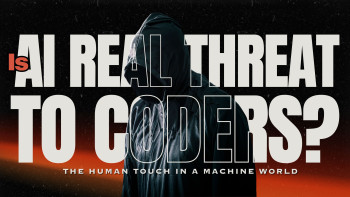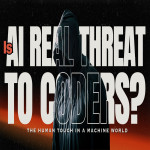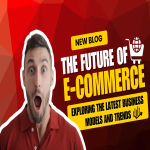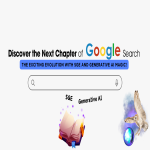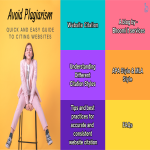Since its conception, the
Internet has developed quickly, transforming basic text-based webpages into
dynamic and interactive platforms. We saw notable improvements in connection,
user experiences, and technology with each iteration. A brand-new paradigm
called Web 5.0 is on the horizon as we look to the future. We will discuss the
idea of Web 5.0, its distinguishing characteristics, and how it differs from
past iterations of the Web in this blog.
The Evolution of the Web
The "read-only web," Web
1.0, first appeared in the early 1990s. It mostly included static websites
where visitors could simply read the content. Websites typically served as
online directories or brochures with little user-generated content or
interaction.
Web 2.0 represents a substantial change in favour of user interaction and
interactivity. User-generated content, social networking networks, and dynamic
websites were all added in this edition, which gained popularity in the early
2000s. Users started to participate in discussions, produce material, and share
media. The way we communicate, work together, and consume information online
has been revolutionized by Web 2.0.
Web 3.0, commonly referred to as the "Semantic Web," sought to
improve the web's intelligence and usability. To improve search results, allow
personalized experiences, and better data interpretation, it made use of
connected data, artificial intelligence, and machine learning. Understanding
context, giving more pertinent information, and linking data across platforms
were the main goals of Web 3.0.
A genuinely revolutionary
experience is promised by Web 5.0, the projected internet of the future. It
brings together the strength of cutting-edge technologies including artificial
intelligence, virtual reality, augmented reality, and the Internet of Things.
Let's examine Web 5.0's distinguishing characteristics:
Hyper-personalization and Contextual Awareness
By utilizing AI algorithms that
comprehend users' choices, behaviour, and context, Web 5.0 will provide highly
personalized experiences. Websites and apps will adjust to user demands,
enhancing the smoothness, relevance, and effectiveness of interactions.
Immersive Technologies
Web 5.0 will put focus on virtual reality (VR) and augmented reality
(AR), enabling immersive and interactive experiences. Users will be able to
interact with digital information in previously unthinkable ways, explore
virtual worlds, and modify items.
Enhanced Connectivity and Internet of Things
Web 5.0 will fully use the advantages of the Internet of Things, which
connects commonplace gadgets and items to the Internet. Through seamless
communication and automation across several domains, from smart homes to
intelligent transportation systems, this connection will create a network of
interconnected gadgets.
Advanced AI and Natural Language Processing
In Web 5.0, artificial
intelligence and natural language processing will go further, making it
possible for chatbots, voice assistants, and intelligent automation to become
more complex. AI systems will be able to comprehend human language and respond
appropriately, enabling smooth and intuitive interactions.
Comparing Web 5.0 with Earlier Versions
Personalization: User-generated content was first introduced by Web 2.0, but Web
5.0 goes personalization even further by adjusting experiences to user context
and preferences.
Immersive Experiences: Web 5.0, in contrast to Web 1.0 and Web 2.0, introduces VR and
AR technology, allowing users to connect more deeply and immersively with
digital information.
IoT Integration: The Internet of Things' promise is fully embraced by Web 5.0,
which connects common things to build an automated and seamless network of
gadgets.
Advanced AI Capabilities: Web 5.0 makes the web even more effective and accessible by
utilizing the power of AI and NLP to create more intuitive and intelligent
interactions.
Web 5.0, which combines cutting-edge technology to create personalized,
immersive, and intelligent experiences, is what the internet will look like in
the future. Web 5.0 will change how people interact, work, and consume
information online thanks to hyper-personalization, immersive technology,
improved connection, and cutting-edge AI capabilities. The potential for
innovation and revolution is limitless as we go into this exciting new era,
offering a web that is interwoven into our everyday lives.

